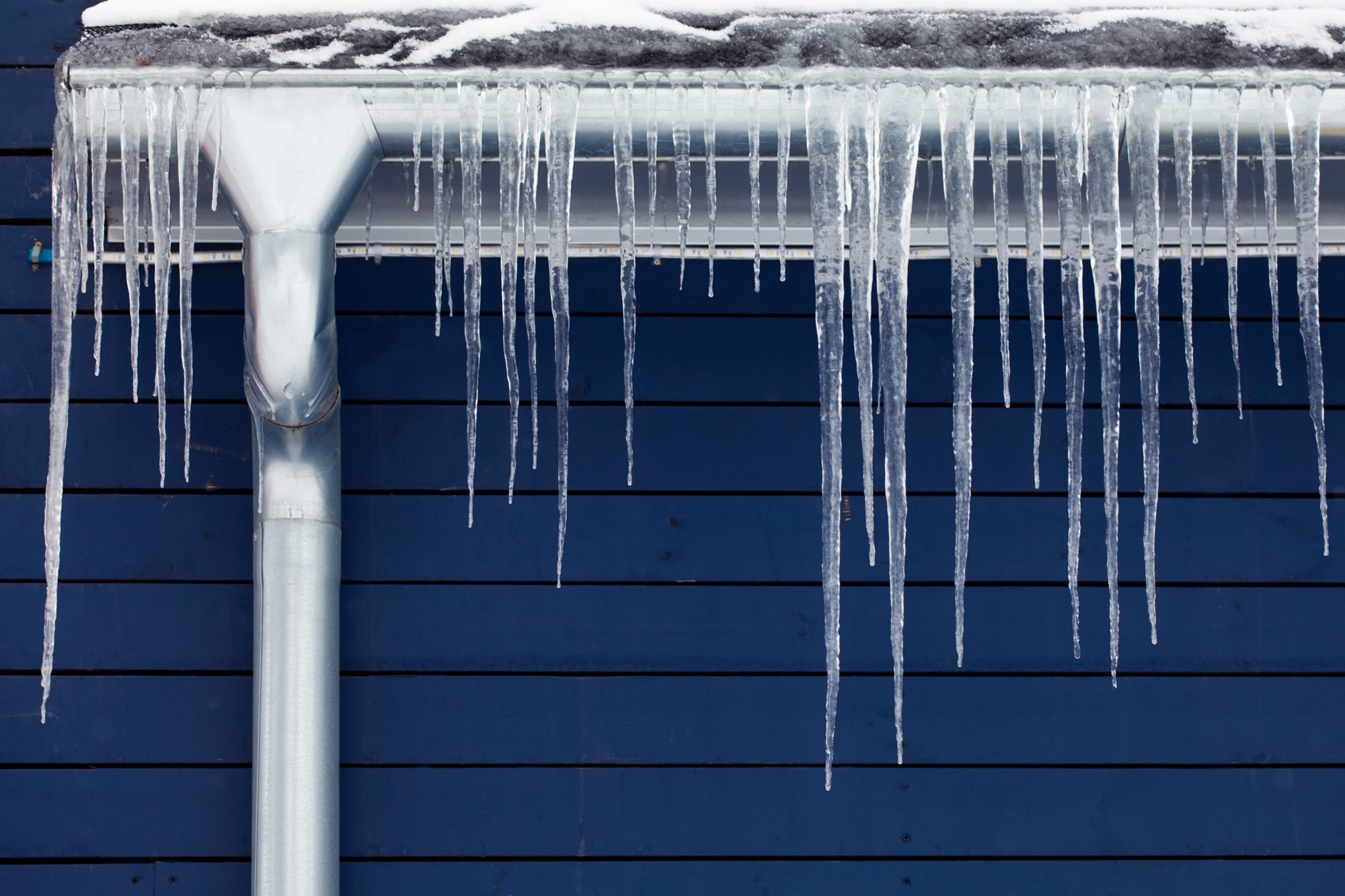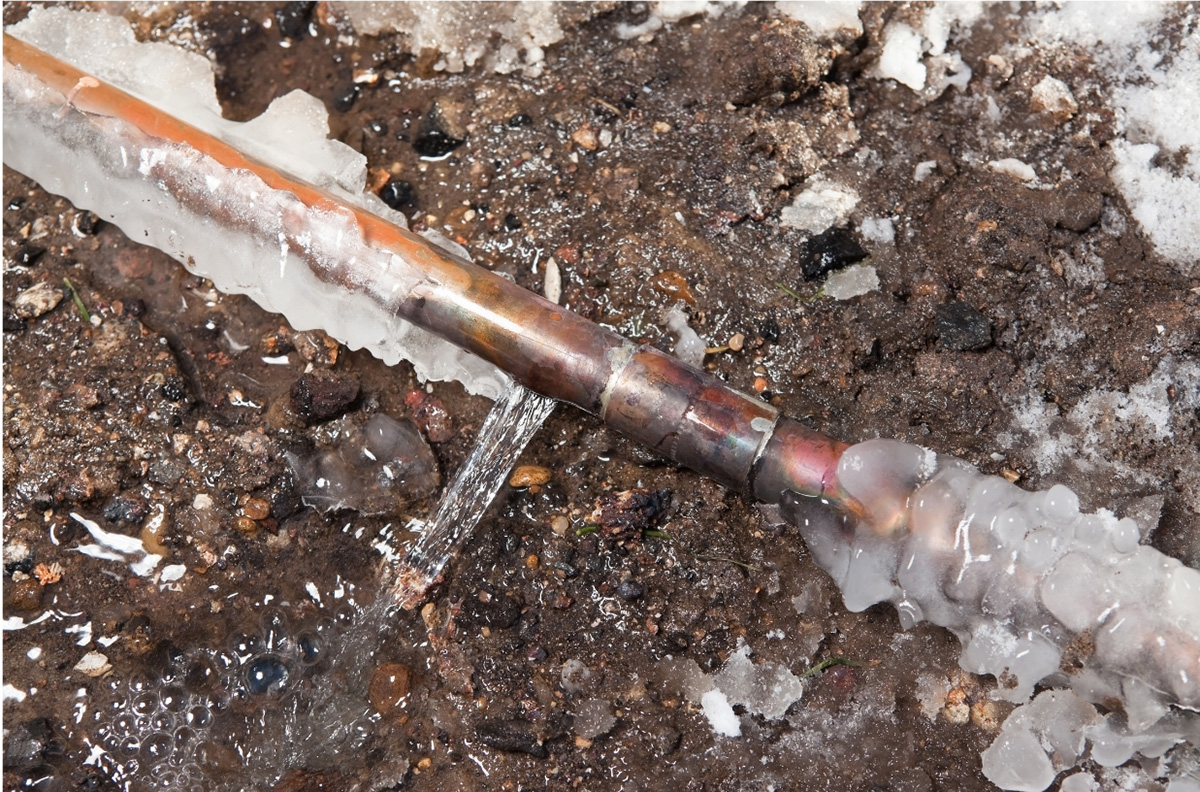What are your opinions about How to prepare your home plumbing for winter weather?

Cold weather can ruin your pipes, particularly by freezing pipelines. Right here's exactly how to stop it from taking place and what to do if it does.
Intro
As temperatures drop, the danger of frozen pipes rises, possibly leading to costly repair work and water damage. Understanding how to prevent icy pipelines is important for property owners in cool environments.
Avoidance Tips
Shielding susceptible pipelines
Cover pipes in insulation sleeves or utilize heat tape to protect them from freezing temperature levels. Focus on pipelines in unheated or exterior locations of the home.
Heating techniques
Keep indoor areas sufficiently heated, especially locations with pipes. Open closet doors to allow cozy air to flow around pipes under sinks.
How to recognize icy pipes
Try to find decreased water flow from faucets, uncommon smells or sounds from pipes, and noticeable frost on exposed pipes.
Long-Term Solutions
Architectural modifications
Take into consideration rerouting pipelines away from outside walls or unheated areas. Add additional insulation to attic rooms, basements, and crawl spaces.
Updating insulation
Purchase high-quality insulation for pipelines, attics, and walls. Appropriate insulation assists maintain consistent temperature levels and lowers the danger of frozen pipelines.
Securing Outside Pipes
Yard hoses and outdoor faucets
Separate and drain pipes garden tubes before winter season. Mount frost-proof faucets or cover outdoor taps with shielded caps.
Understanding Frozen Pipelines
What causes pipes to freeze?
Pipelines ice up when exposed to temperatures listed below 32 ° F (0 ° C) for extended periods. As water inside the pipes freezes, it broadens, taxing the pipe wall surfaces and possibly triggering them to burst.
Dangers and damages
Icy pipes can result in supply of water disruptions, home damages, and pricey repair work. Burst pipelines can flooding homes and create comprehensive structural damages.
Indications of Frozen Piping
Identifying frozen pipes early can stop them from bursting.
What to Do If Your Pipelines Freeze
Immediate activities to take
If you believe frozen pipes, maintain faucets open to eliminate pressure as the ice thaws. Make use of a hairdryer or towels soaked in hot water to thaw pipelines gradually.
Verdict
Preventing icy pipes calls for proactive actions and fast responses. By comprehending the reasons, indicators, and safety nets, property owners can protect their plumbing during winter.
5 Ways to Prevent Frozen Pipes
Drain Outdoor Faucets and Disconnect Hoses
First, close the shut-off valve that controls the flow of water in the pipe to your outdoor faucet. Then, head outside to disconnect and drain your hose and open the outdoor faucet to allow the water to completely drain out of the line. Turn off the faucet when done. Finally, head back to the shut-off valve and drain the remaining water inside the pipe into a bucket or container. Additionally, if you have a home irrigation system, you should consider hiring an expert to clear the system of water each year.
Insulate Pipes
One of the best and most cost-effective methods for preventing frozen water pipes is to wrap your pipes with insulation. This is especially important for areas in your home that aren’t exposed to heat, such as an attic. We suggest using foam sleeves, which can typically be found at your local hardware store.
Keep Heat Running at 65
Your pipes are located inside your walls, and the temperature there is much colder than the rest of the house. To prevent your pipes from freezing, The Insurance Information Institute suggests that you keep your home heated to at least 65 degrees, even when traveling. You may want to invest in smart devices that can keep an eye on the temperature in your home while you’re away.
Leave Water Dripping
Moving water — even a small trickle — can prevent ice from forming inside your pipes. When freezing temps are imminent, start a drip of water from all faucets that serve exposed pipes. Leaving a few faucets running will also help relieve pressure inside the pipes and help prevent a rupture if the water inside freezes.
Open Cupboard Doors
Warm your kitchen and bathroom pipes by opening cupboards and vanities. You should also leave your interior doors ajar to help warm air circulate evenly throughout your home.

We were shown that write-up about How To Avoid Freezing Pipes through an associate on another website. Sharing is nice. Helping people is fun. I cherish your readership.
Book Service Now